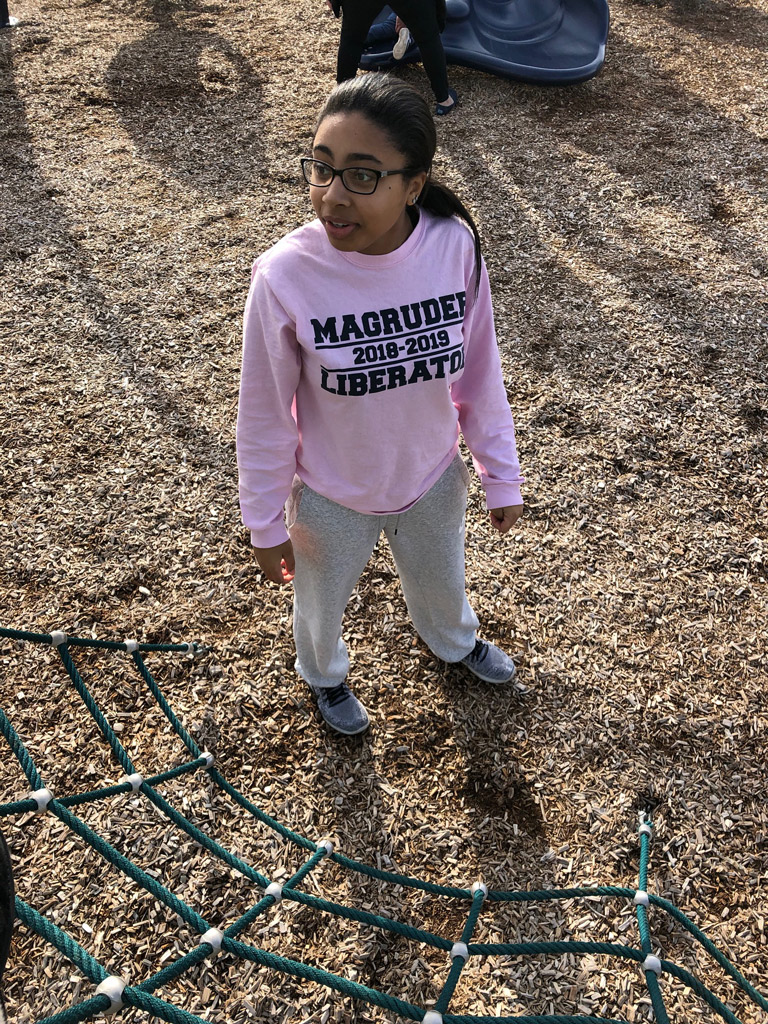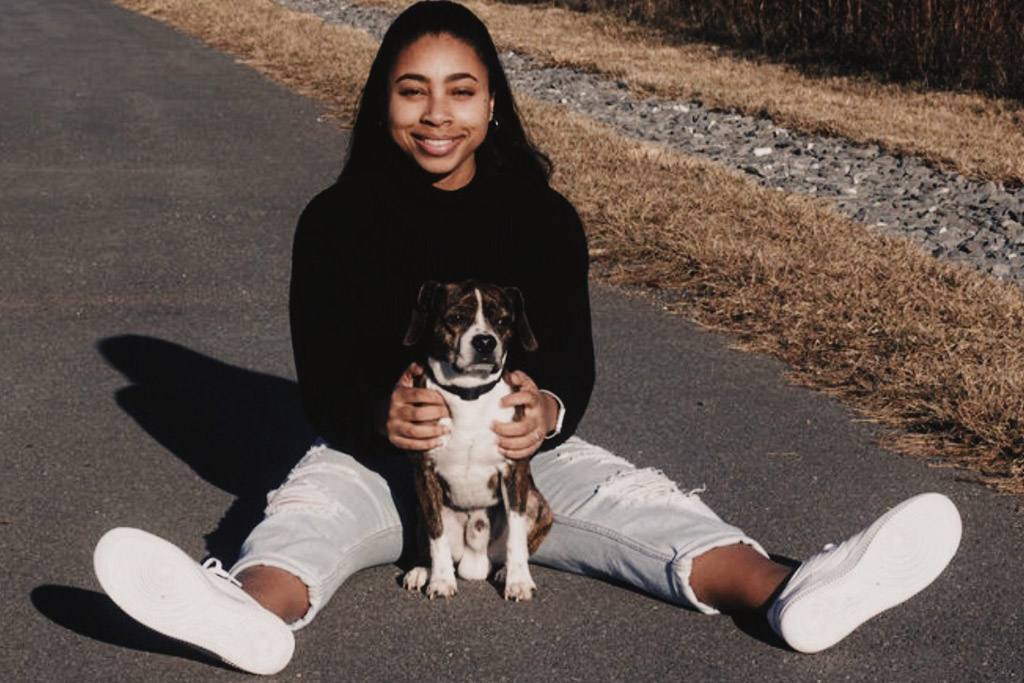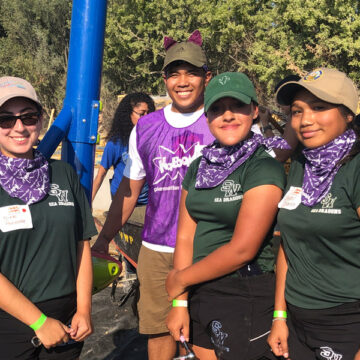COVID-19 has layered new challenges on to youth already forced to navigate decades of structural disinvestment.
My seventeen year old, Imani, got her driver’s license just last year. Like many parents of teenagers, I was worried and excited at the same time. What a wonderful time of life, a time of freedom in those last years before the formality of life’s responsibilities kick in.
I was excited for her to experience the new independence of driving to the movies with friends, her first job, and growing up just enough before she entered full adulthood.

Fast-forward to this week: my husband and I have not left the house in seventeen days, and Imani has taken on full responsibility for all the things that make our household run. This is a stark reversal in roles, a shift that goes against so many things I value as a parent.
I’m sure Imani never expected to be in a place where instead of feeling freedom, social connection, and the space to focus on her learning, she would be using her license and independence to be our family’s main connection to the outside world during a pandemic. Her social and educational outlets are now limited to video chats and occasional calls with friends and teachers.
Imani is leading our family through these challenging times. Though I am in awe, I am feeling a sense of loss for her. The roadmap she and her peers once had no longer exists. Their connections to friends and caring adults are limited. The hard work she has put into learning and preparing for college exams, brought to a screeching halt. The majority of her time is now spent on getting groceries, planning meals, and keeping life moving for us.

Too many teens have spent a lifetime managing their households, and they are now feeling the even heavier weight of watching over siblings while their parents work multiple hospital shifts; or deliver much-needed meals and equipment to their families, protecting and caring all of us. Feelings of isolation, anxiety, and grief are the new normal. The human, developmental, and social-emotional cost of distancing, uncertainty, and disruption of routine looms large — in my home, and in homes across the country.
At KABOOM!, we’ve experienced first-hand all that communities are doing to foster a stronger future for their youth — and yet structural disinvestment coupled with unacceptable exposure to violence continues to compound the trauma. When we layer new challenges on to youth who are already forced to navigate the reality of decades in disinvestment, these barriers become harsher.
We are committed to a multi-sector approach that addresses these issues head-on. This week we stood and alongside 50+ youth-serving organizations across the country to sign a Call to Address Youth Isolation During the COVID-19 Crisis. What gives me hope is that there are so many organizations out there, who are committed to centering youth voice, as the letter states:
During this uncertain time, difficult decisions need to be made about allocation of resources. We are already seeing a response targeting specific sectors, organizations, and businesses for support and relief. Too often, the voices of young people are not loud enough to be heard. Their losses aren’t easily quantified, and their unmet needs are invisible to the public eye.
We must keep listening to youth — even in the time of a historic public health emergency. We know from our experience working with opportunity youth in Baltimore how critical belonging and purpose are, especially because many teens won’t have the community gathering places to turn to for connection once this crisis is over.
After the death of Freddie Gray in Baltimore in 2015, our Play More, B’More program engaged 60 youth who led over 2,200 volunteers to build and activate 25 new playspaces in the most under-resourced neighborhoods in the city — including the elementary school Gray attended. This provided 15,000 kids safe and inviting places to play, and led to over $5 million in investment in Baltimore youth since 2015.
It is clear that accomplishment and sense of purpose mattered to the Play More B’More youth: 100% reported that because of their participation in our program, they now believe they can make a difference in their communities; and that young people can serve as community leaders. And as for belonging, over 80% said their favorite part of the experience was working side by side with the community volunteers (yes, grown-ups!) and their friends to build amazing playspaces for the younger kids in their neighborhoods.
We also know that teens need places to call their own. When flight advisories went into effect, South Ridge High School in Phoenix, Arizona joined us and our longtime partner Travelers for our first-ever virtual Design Day. Students at South Ridge, a majority Hispanic high school, shared their ideas via video conference about how they want to use their space. When it’s safe to gather together again, we’ll work hand-in-hand with them to build a multi-sport court that’s as much about sport as it is about connection.
Trauma can be a barrier to the most successful implementation of healing and well-being strategies. As the letter also states, “We can ensure that the next generation knows that we have their backs, today, tomorrow, and as long as it takes.” We can’t wait to get back to working with youth to create places where they can once again be themselves among friends — especially in the places where this space doesn’t exist today.
